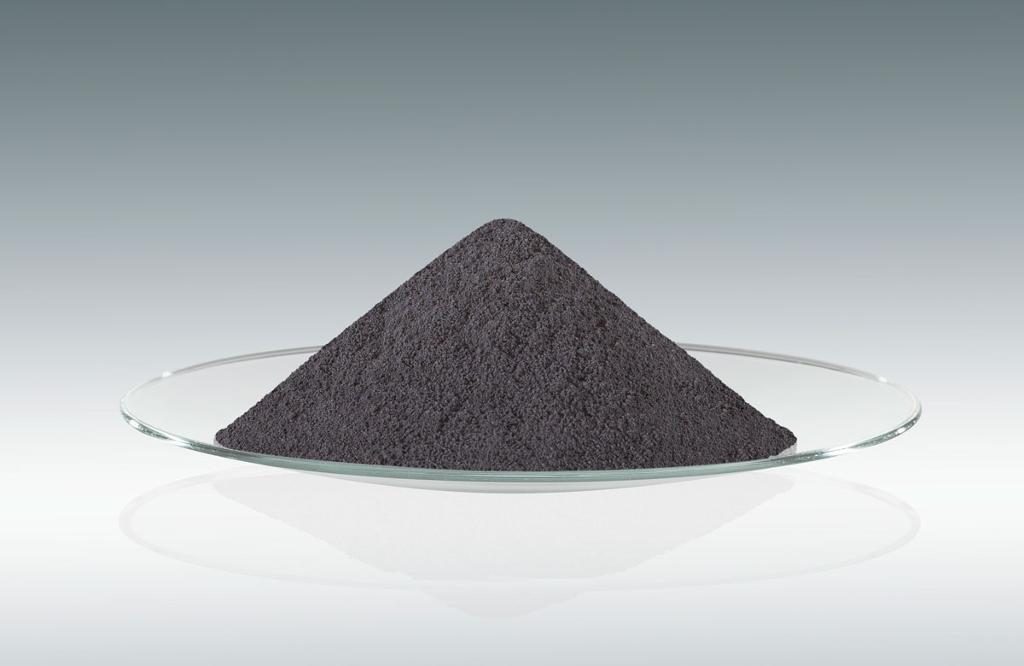source: Investor intel news
2017 hosted two major lithium milestones: the spot price rose to its highest ever levels, and the rate of growth was greater than in any other year; the race really is on to bring product to market in time for peak pricing. There are, of course, a number of lithium projects in development in anticipation of the supergrowth of the battery sector, but only some will be successfully derisked, proven feasible and ultimately pay dividends.
Earlier this month, Critical Elements Corp. (TSXV:CRE | OTCQX:CRECF) (“Critical Elements”) filed a completed NI 43-101 feasibility study for their Rose lithium/tantalum deposit in Quebec, with an estimated production date of 3Q 2020. Having derisked the resource, the company can focus on raising the necessary cash to fund construction, but this deposit is extremely interesting given its dual focus; lithium, of course, is in the midst of a boom period currently, but tantalum also has a prospective future.
As the predominant use of tantalum is confined largely to the manufacture of capacitors for the electronics industry, the market for the transition metal has been in decline as capacitors have become smaller and smaller; however, the last few years has seen dramatically increased interest in supercapacitor arrays due to their ability to take on large amounts of charge in very little time. While capacitors will never entirely replace batteries for energy storage, there are a myriad of applications for which they offer increased efficacy as a result of the practically limitless number of charge cycles they can undergo.
What this all adds up to is a low-risk approach to the battery market for Critical Elements. Rather than relying on a single basket, the company is able to secure their eggs in two, and the combination of a simple open-pit mine and conventional processing technologies means that the Rose deposit is now one of the safest bets in the junior sphere. The fact that the project lies within the mining friendly and low-risk jurisdiction of Quebec is merely the icing on the cake.
According to the study, the open pit will provide a mining rate of 1,610,000 tonnes per year of ore, and the spodumene processing plant has a nameplate capacity of 4,900 tonnes per day. It is expected that this will result in average annual production of 186,327 tonnes of chemical grade lithium concentrate, 50,205 tonnes of technical grade lithium concentrate, 429 tonnes of tantalum concentrate, all over an expected life of mine of 17 years.
For an investor interested in gaining exposure to the project, the average gross margin of 63.6% gives an after-tax NPV of CAN$726 million (at 8% discount rate), after-tax IRR of 34.9% and price assumption of US$1,500 per tonne technical grade lithium concentrate, US$750 per tonne chemical grade lithium concentrate, US$130 per kg tantalum pentoxide. The site’s average operating costs will be pretty low at only CAN$66.56 per tonne milled and CAN$458 (US$344) per tonne of combined concentrate.
The project is 100% owned by Critical Elements, and with an estimated initial capital cost of only CAN$341.2 million, this is an entirely reasonable ask when compared to some of the more complex projects which require upwards of a billion for launch. The Rose project will have a peak of 575 employees during construction and an average of 290 employees for commercial production, adding significant value to both the technology sector and the local labour market. If you’re late to the table and looking for a lithium play for your portfolio, this super-low-risk project has already performed extremely well for Critical Elements; the company’s share price has almost quadrupled over the last year, and it is almost guaranteed to surge further as the construction journey makes additional headway.
featured image source: HC Starck
